An ultra-rare progressive disease
What causes alpha-mannosidosis—and what is its long-term impact on patients?
A lysosomal storage disorder caused by α-mannosidase deficiency.2,3
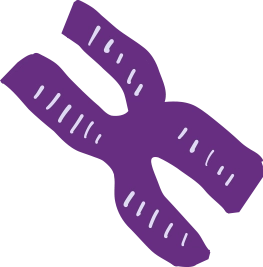 |
 |
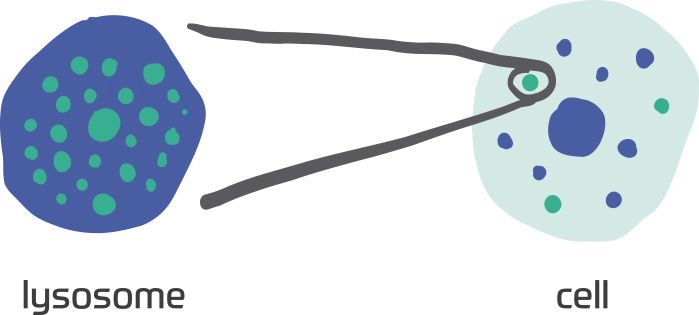 |
 |
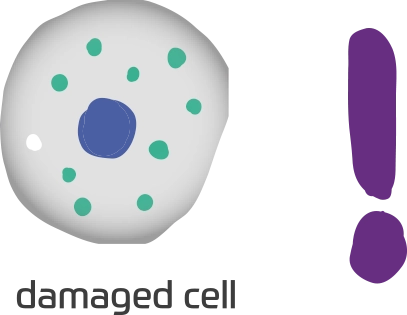 |
|
Alpha-mannosidosis is a recessive disorder caused by gene variants in MAN2B1, which leads to a deficiency in α-mannosidase.3 |
Due to the reduced activity of α-mannosidase, mannose-rich oligosaccharides accumulate in lysosomes.3,4 |
This leads to impaired cellular function throughout the body and a continuum of clinical manifestations.3 |
How rare is ultra-rare?
The incidence of alpha-mannosidosis is estimated at 1 in 500,000 to 1,000,000 live births.2
Incidence may be higher than previously thought. A genetic study of 1,010 individuals with a mucopolysaccharidosis (MPS)-like phenotype found a higher-than-expected number of alpha-mannosidosis cases.5

Clinical signs and symptoms associated with alpha-mannosidosis
Development at 20-30 years of age. Result of cerebral atrophy and cerebral demyelination.
Delayed development of speech. Delayed motor or mental function. IQ of 60-80 and a declining tendency over time.
Both conductive and sensorineural. Significantly affects 100% of patients over the age of 3 (hearing aids).
Infections are especially common in the first 10 years of life. Most common infections: upper airway, pulmonary, and acute/serous otitis media.
Leading to frequent infections (middle ear, gastrointestinal, and respiratory).
Affects 92% of adult patients and 62% of pediatric patients: joint contractures, scoliosis, genua valga, and hip dysplasia.
May develop in the first year of life.
Corneal clouding, cataract, partial blindness due to retinal pigmentary degeneration.
All patients show some degree of: short neck, large head with prominent forehead, rounded eyebrows, flattened nasal bridge, widely-spaced teeth, enlarged tongue.
Reduced dental quality, frequent cavities, tooth-grinding.
Cardiovascular system abnormalities in 24% of pediatric patients and 17% of adult patients.
In younger patients, a decrease in pulmonary function over time.
A factor in slow development of motor functions and uncoordinated movement.
Physical impairment revealed in the 6-minute walk and 3-minute stair-climbing tests, correlated with oligosaccharide level.
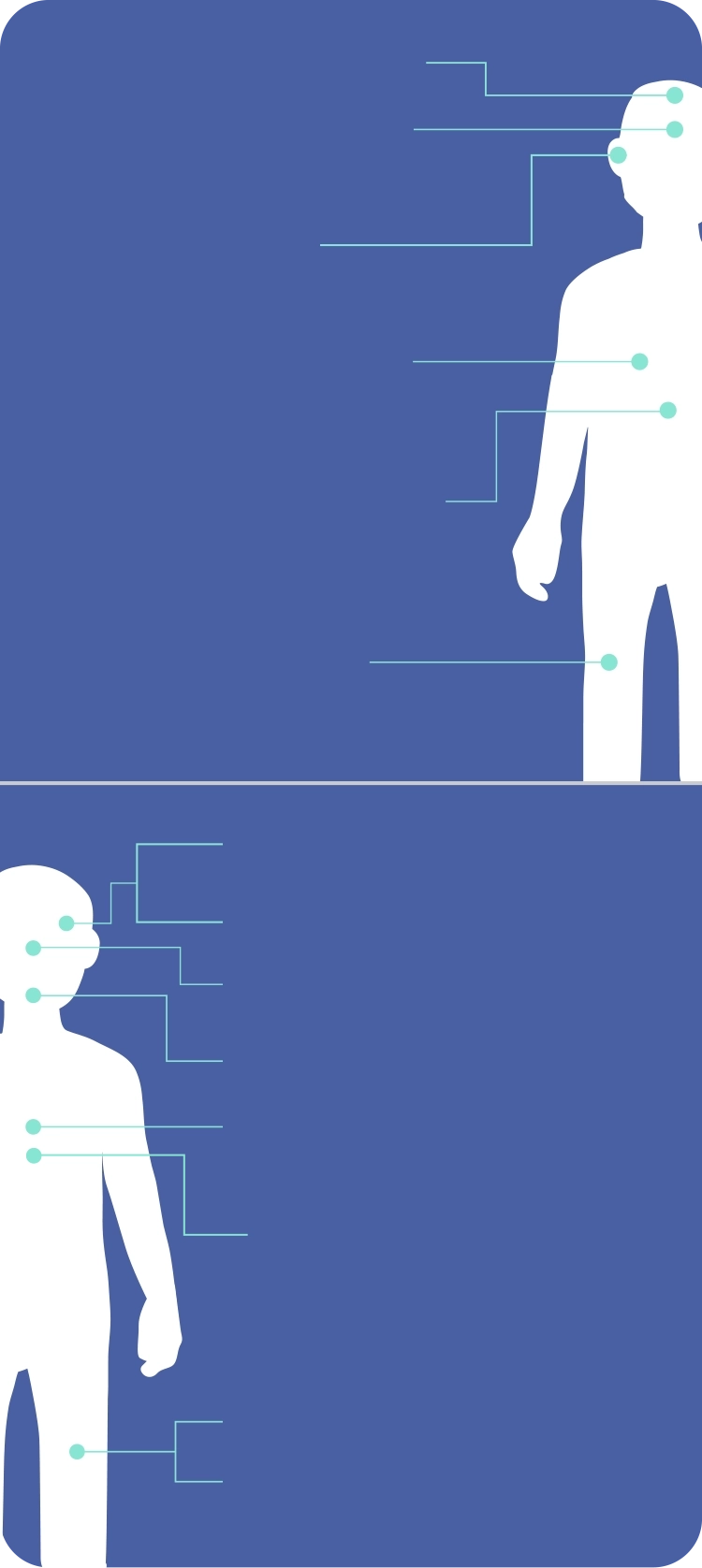
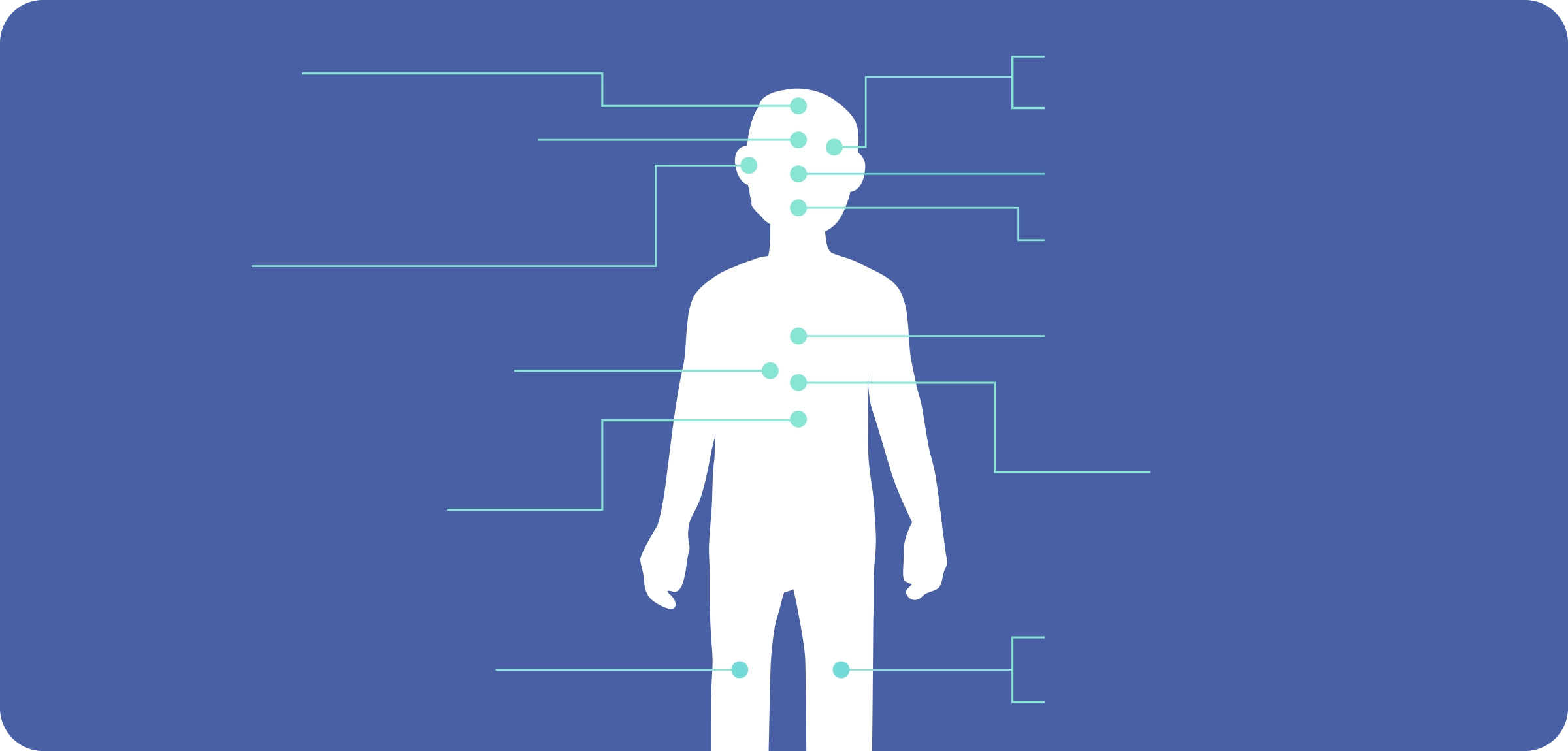
Alpha-mannosidosis is a progressive disease.
Early identification and timely treatment is critical.7
How to identify the broad range of symptoms that could signify alpha-mannosidosis3,4,6
Know the symptoms—the most common symptoms of alpha-mannosidosis are4,6:
Know what to look for—the physical signs of alpha-mannosidosis are6: